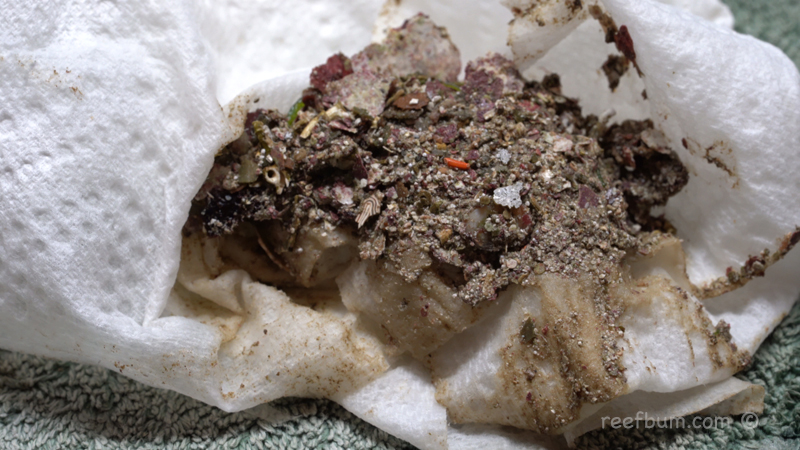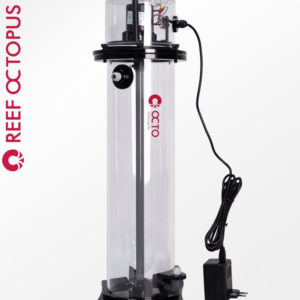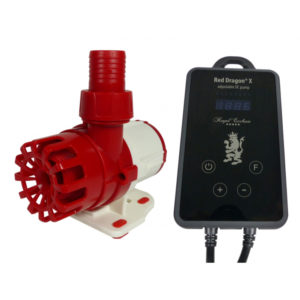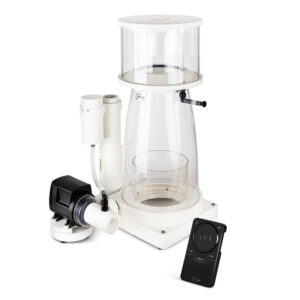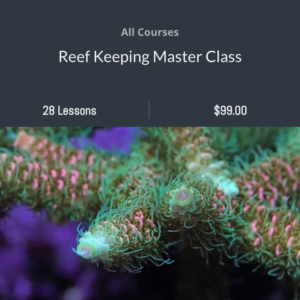In the reef keeping hobby the word ‘detritus’ is a dirty word, literally. Detritus is dead organic matter such as fragments of dead organisms or fish waste that can collect on the bottom of a tank. If left alone, the accumulation of these elements can cause nitrates and phosphates to rise, leading to algae outbreaks.
Perhaps the best way to prevent the build-up of detritus is to have strong water circulation. Re-circulating pumps such as the Vortech MP40 from Ecotech can prevent dead spots and elevate waste in the water column. This allows it to be exported via mechanical filtration.
When detritus does make it to the bottom of a tank it is important to remove it manually by siphoning it out. For tanks with sand beds it is important to just siphon the top layer of sand. Why? Well, toxic substances, such as hydrogen sulfide that lie at the bottom could leach out and cause harm to the tank’s inhabitants. Instead of vacuuming a sand bed, you can remove detritus with a good clean-up crew. Conches, hermit crabs, sea cucumbers, crabs, Gobies and snails will all help to aerate a sand bed and consume detritus. I have a a few Tiger Tail Sea Cucumbers in my 187 gallon tank and they do a fantastic job.

Detritus removal is more straightforward with bare bottom tanks since the patches are easy to identify and vacuum up. It is also easier to suspend detritus with strong flow in bare bottom tanks. Power heads can be positioned strategically near the bottom to aid removal. Adversely, strong flow can create issues in a tank with a sand bed since there is the potential for a sand storm when the current is too strong.
Why Aquascaping is Important
Aquascaping also plays a big role in minimizing detritus traps in a reef tank. An open aquascape with a lot of passage ways will work better versus a more cluttered and dense layout of rock. When I started keeping reef tanks a common practice was to keep two pounds of live rock per one gallon of water. This amount of rock was used to provide biological filtration for a tank but it did create a lot of dead spots, leading to trouble down the road. Less is more when it comes to aquascaping.
Sumps are another area where detritus can collect. Every week when I do maintenance on my 187 gallon tank I vacuum every corner of my Royal Exclusiv Dreambox, including the filter sock compartment, heater area and return pump section. I also hit up the frag tank I have plumbed into my system. When it is all said and done I collect nearly five gallons of brown gunk. Who wants that stuff to accumulate in a system?
Lastly, don’t overfeed the fish. Any uneaten food will make it to the bottom and perpetuate the build-up of detritus.
Additional Resources
If you would like some help with a new tank build, including help designing a custom aquarium, or help re-configuring your current setup then you can visit this page for more information. And if you are looking to add some equipment, I do sell GHL, Pax Bellum, Reef Octopus Calcium and Kalk Reactors and Royal Exclusiv products, including Dreamboxes, which is the equipment I use and recommend. I also sell Reef Brite metal halide and LED fixtures as well as Maxspect & IceCap Gyres.
As for additional insights and information, please explore my many other reef tank and SPS related articles as well as my YouTube channel. For an even deeper dive into reef tank care you can check out my Reef Keeping Master Class. This online course is an immersive and one of a kind educational tool designed to help reef aquarium hobbyists build and maintain a beautiful SPS reef tank. The course is a series of video presentations with some supplemental video from my YouTube channel. There are also quizzes to help students retain and understand the information presented in the course.
Need some frags…..I can help with that as well 🙂 Please visit my SPS Frag store to see what is available.

